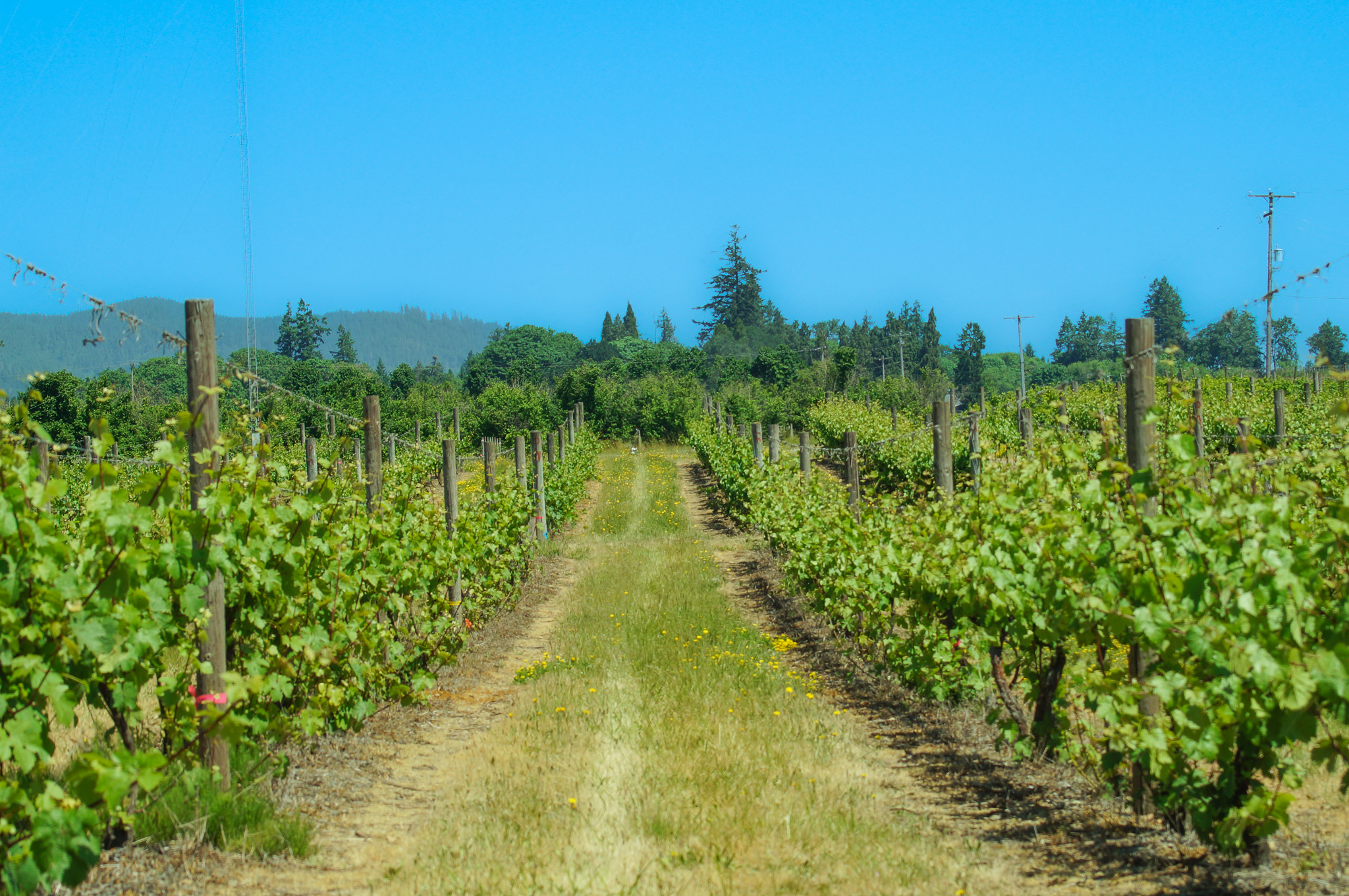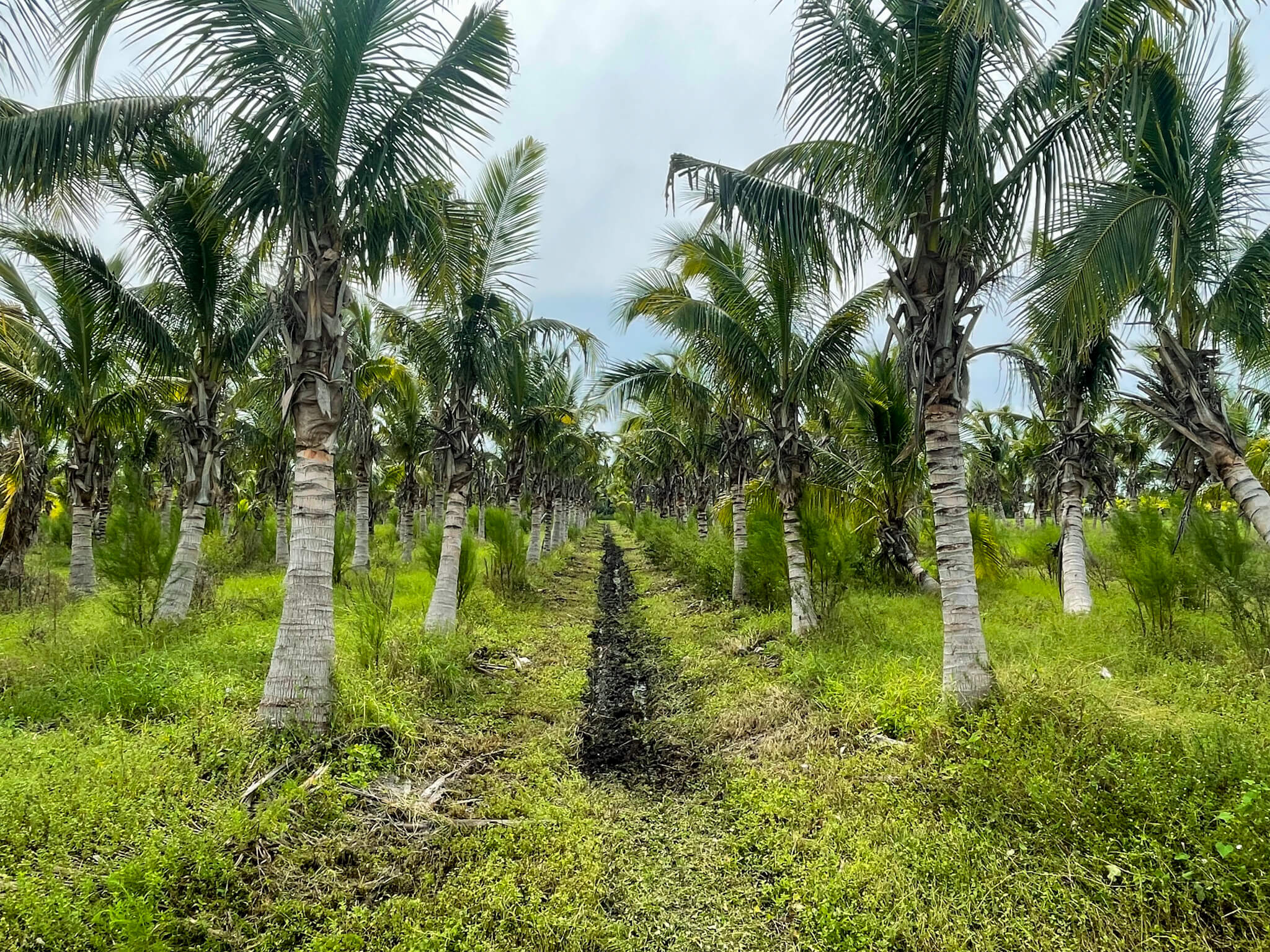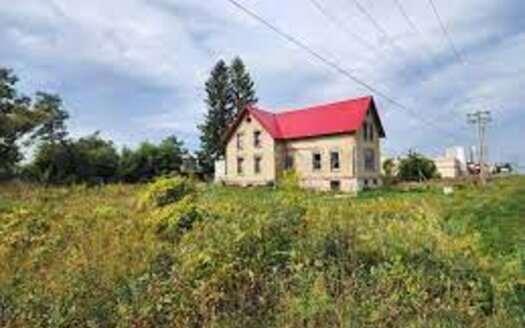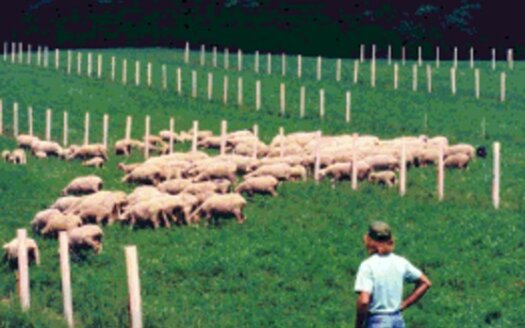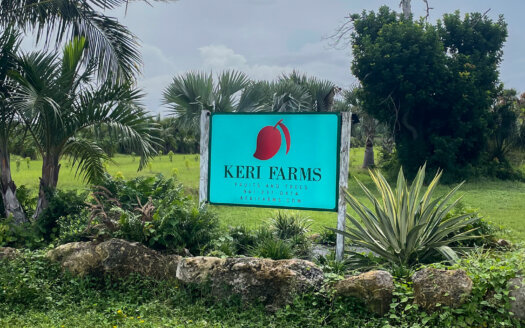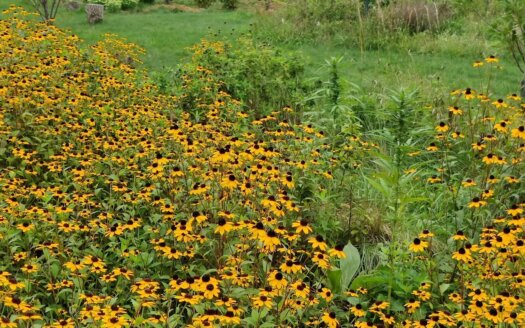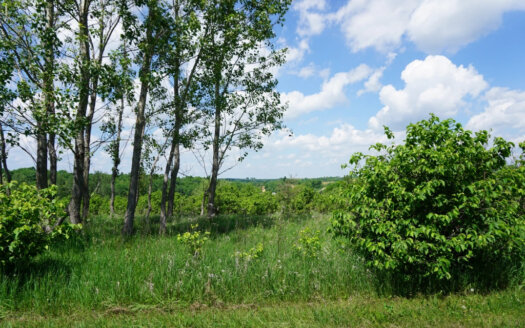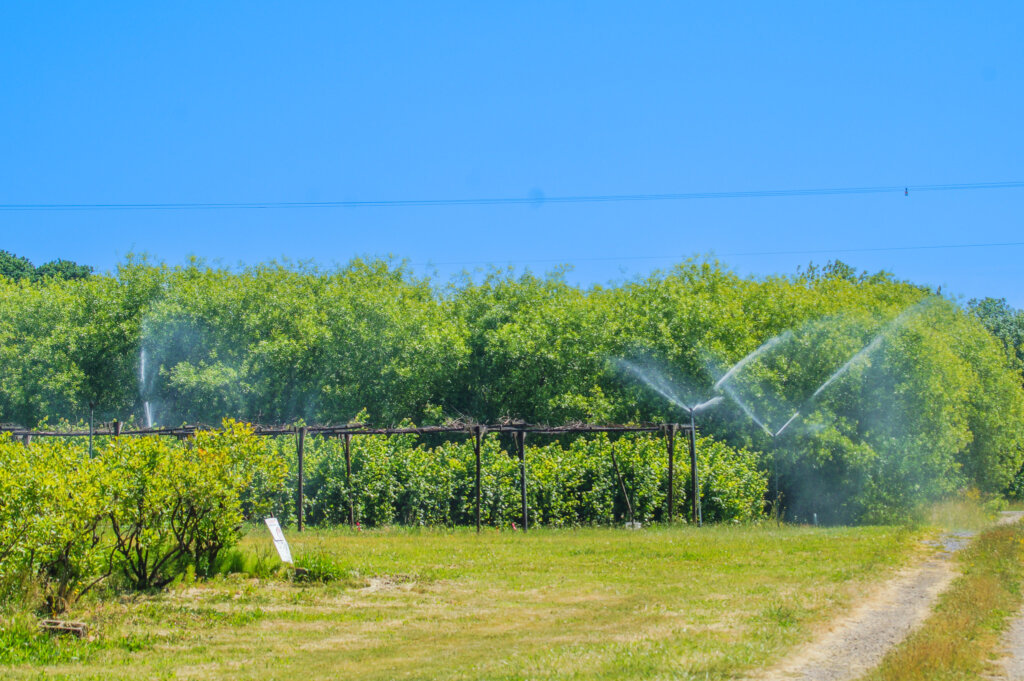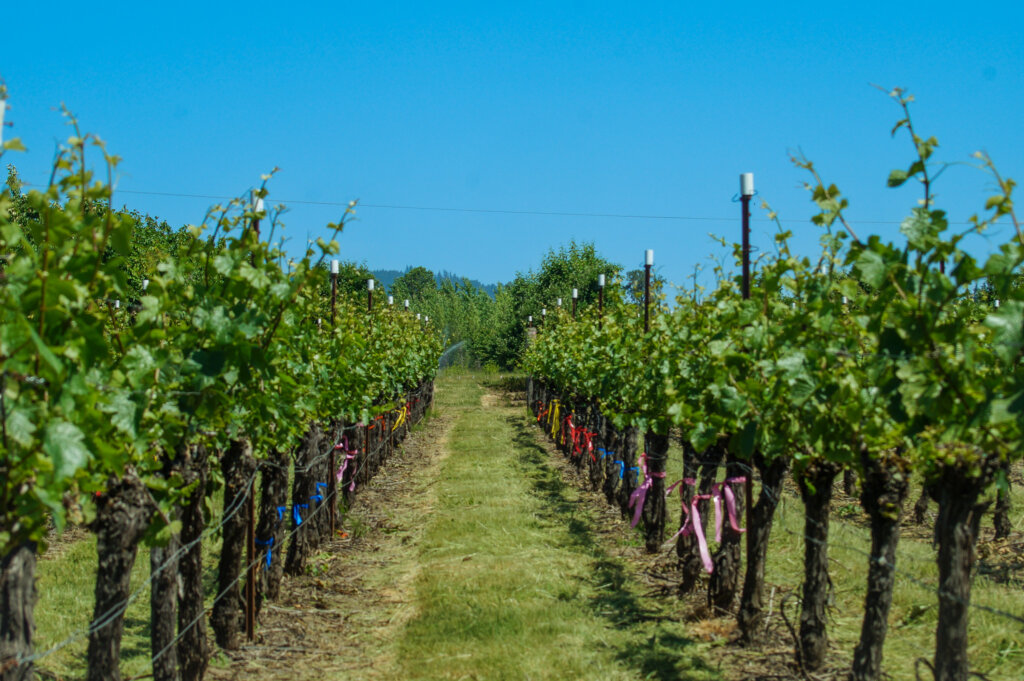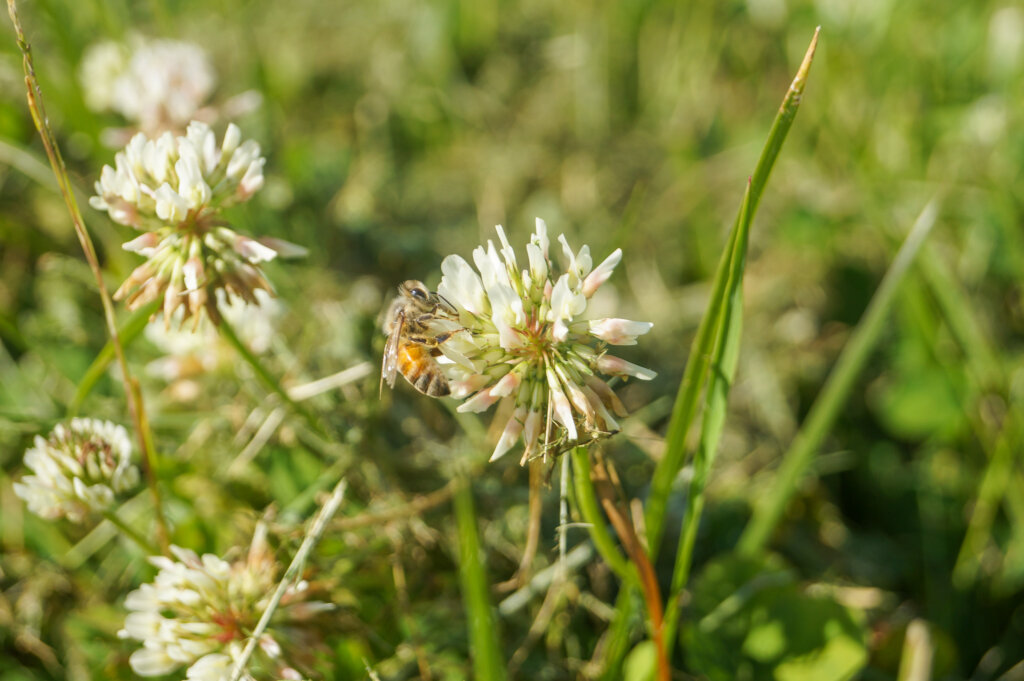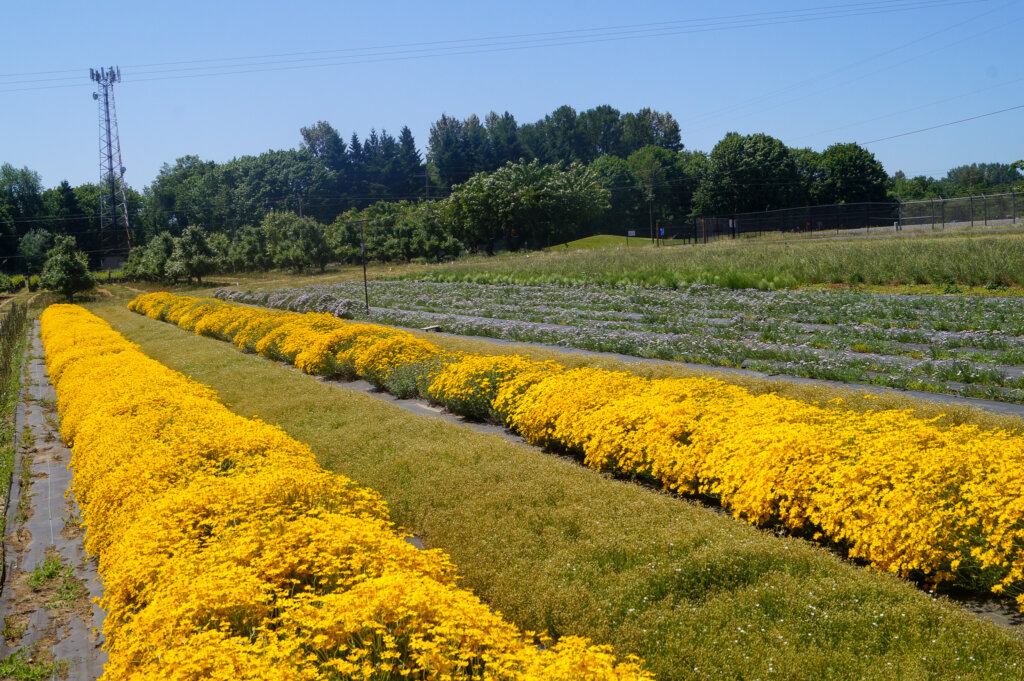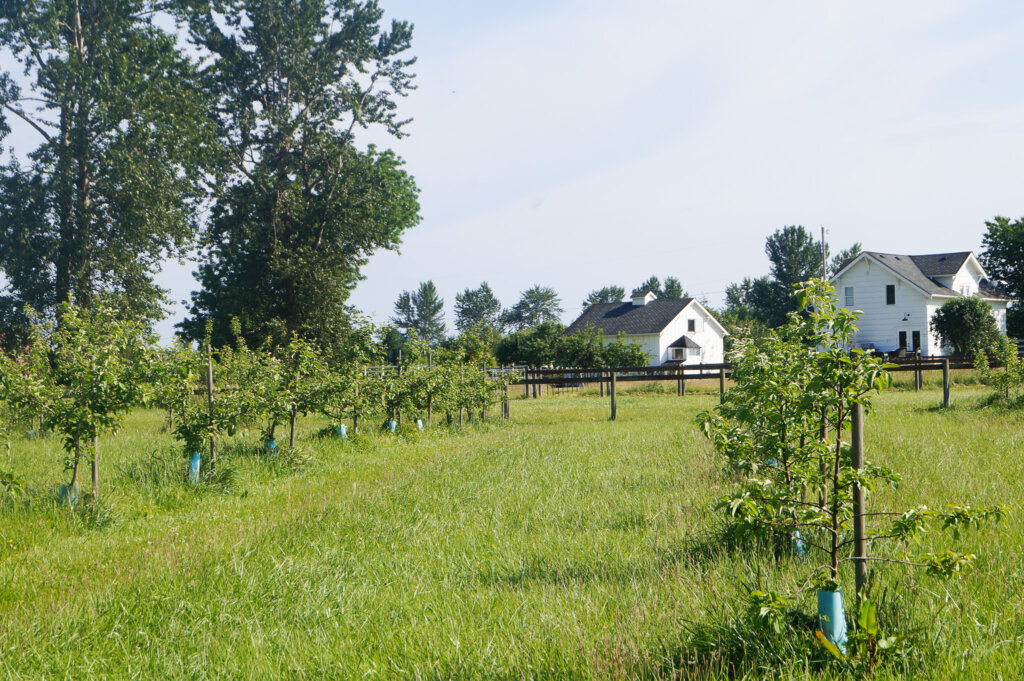What We Do
At AgroForestry Land (AFL), we are dedicated to capturing the breathtaking beauty of agroforestry farms across the United States through compelling images and videos. Our mission extends beyond aesthetics; we leverage these visuals to raise awareness about the benefits of agroforestry farming practices.
By showcasing the sustainable and profitable nature of agroforestry, we aim to inspire landowners of all types—be it traditional farm owners or those with vacant land—to consider adopting these environmentally friendly and low-maintenance farming methods. Instead of selling your land for new construction developments, embrace a sustainable alternative that benefits both the environment and your pocket.
